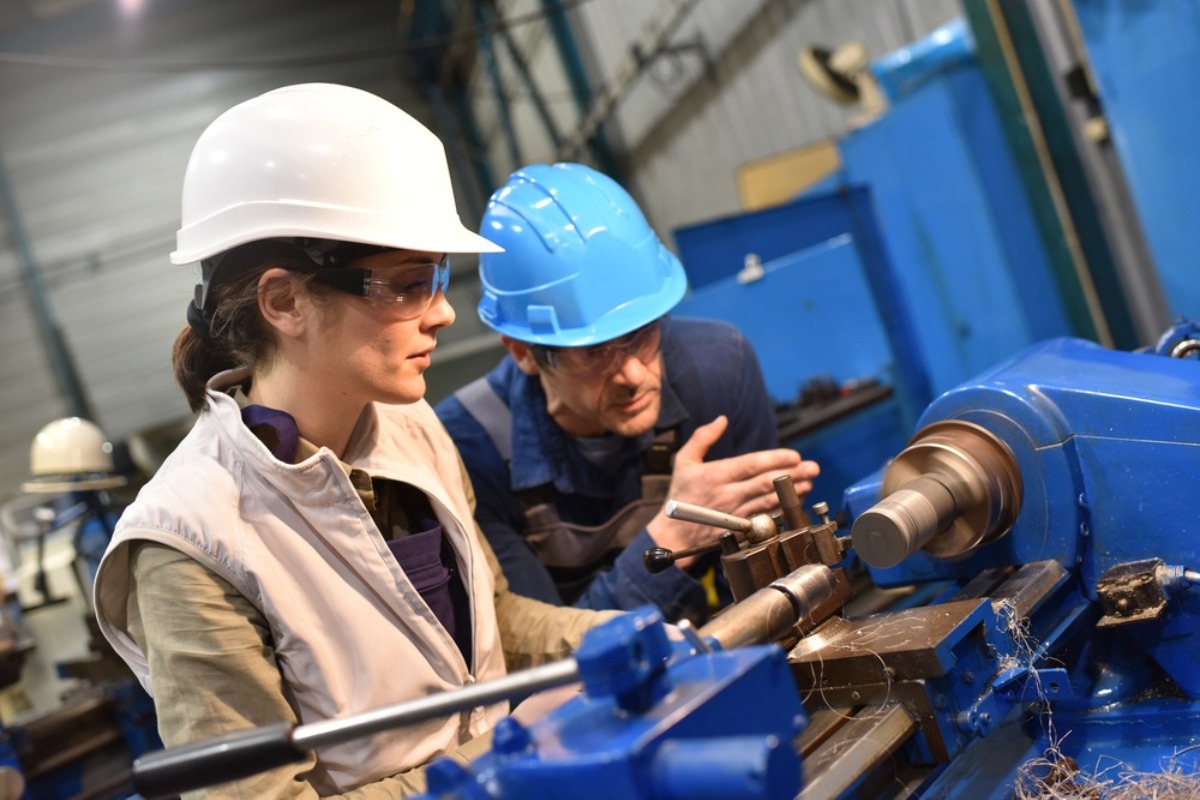
10 Oct, 2023/ by National Accident Helpline /News
Common workplace safety training
There are many different types of ways your employer can provide safety training in the workplace. These include, for example:
- training to operate industrial machinery and equipment
- methods to lift and place down heavy objects
- knowledge to be able to use electrical equipment correctly
- how to safely climb ladders
- how to wear PPE correctly
- knowledge of actions to take in an emergency
- rule about what you can and cannot do at work
- specialised training for those who are more vulnerable such as pregnant women or those with a disability
- use of trawl winch or plate freezer for those working on a commercial fishing vessel
- general workplace safety training
- work at height training
- equipment training
- induction training
Who is responsible for providing safety training?
Your employer is responsible for providing your safety training at work. They can do this either in-house in the workplace or they can:
- send you to do the training elsewhere
- call in a specialist to train you in the workplace
Examples of inadequate or incorrect training
There are various ways your employer may provide inadequate or incorrect training in the workplace which can lead to accidents and injuries. Examples of these include:
- failure of your employer to show you how to work machinery
- inadequate instructions on how to use PPE properly
- not providing safe manual handling training
- your employer not showing you how to use the emergency stop button on the machinery
- lack of explanation of fire procedures
- not showing employees where fire escapes and fire routes are
What else should be provided to keep employees safe?
In addition to providing training to keep employees safe, employers should regularly update this and provide reinforcements to this. If an employee takes on a new or increased risk they must be trained for this as well including where they use new equipment or move to a new area of work.
Employers should also provide other things at work to keep you safe and healthy. These include:
- information
- hazards in the workplace
- supervision
- what not to do at work
What responsibilities do employees have with their training?
Employers have the responsibility to ensure they provide you with training where it is needed to reduce the likelihood of you suffering harm in the workplace. Providing training in the workplace is one way to reduce the likelihood that employees will suffer an accident or injury at work. This is part of their overall duty of care to protect employees at work.
What accidents and injuries could occur without adequate training?
There are many occupations where it is likely inadequate training can cause accidents and injuries at work. For example:
- construction industry
- factory work
- warehouse work
- electricians
- maritime industry
- mechanics
- refuse collectors
- laboratory workers
The types of accidents and injuries that can occur due to inadequate training in the workplace in,cude:
- falls from height
- broken bones
- soft tissue injury
- head injuries
- knee injuries
- getting trapped in fishing nets for workers in the maritime industry and thrown overboard
- shoulder injuries
- electric shock
- back injuries
- burns
- traumatic injuries
- long-term medical conditions such as due to chemical exposure
- cuts and lacerations
- muscle statins
- repetitive stress injury
- amputation
- medical conditions
What should an employee do if injured at work?
If an employee is injured at work, the first thing they just do is seek medical attention. Other important actions they must take include:
- completing an accident report form
- asking for witness details
- taking photos of evidence of the injury
- asking for CCTV footage
All of the above will assist an employee if they wish to make an accident at work claim.
Does the Employer's Liability cover workplace accidents?
Employers' liability can cover your workplace accident. This is the case when your employer or even someone they employ is responsible to some extent for your workplace accident. For example, where they breached their legal duty of care toward you as their employee by being negligent in terms of trying out at work and you had an accident or injury as a result.
How do you make an accident at work claim?
It is really easy to make a compensation claim for your workplace accident withNational Accident Helpline. You can even make your accident at work claim on a no-win no no-fee basis meaning there is no risk for you if the workplace accident due to poor training is not your employer's fault.
Workplace injuries and accidents in the workplace can have a terrible impact on your entire life. So we make every effort to make our claim process stress-free. We even provide a way to calculate your potential compensation online using our compensation calculator. That way you get an idea of the amount of compensation you will get before you make a claim.
Making a claim means getting in touch with one of our friendly understanding advisors. They listen carefully to your story and get the ball rolling on your way to a compensation payout. Next, our specialist solicitors will start to process the details of your claim.
If you have had a workplace accident, due to bad training, you could be due personal injury compensation. Give us a call today to find out at and make your compensation claim. Alternatively, request a call back here and if it is easier, you can choose to begin your claim online.
Last updated 10.10.23